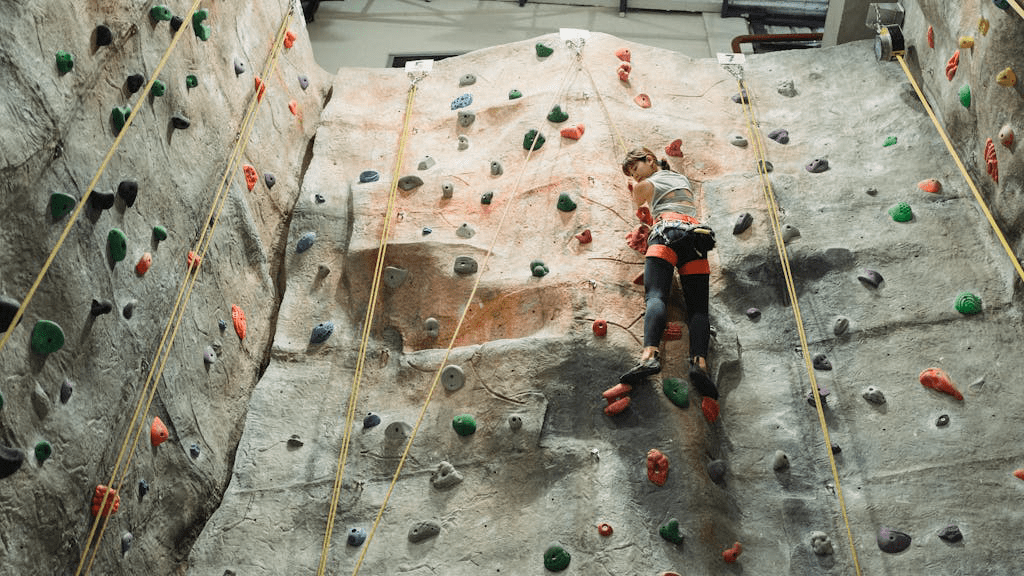The human brain is an extraordinary organ, capable of adapting and evolving throughout our lives. One of the most fascinating aspects of the brain is its ability to rewire itself, a phenomenon known as neuroplasticity through brain training. This concept has revolutionized our understanding of the brain’s potential and has opened up new avenues for cognitive enhancement. But what exactly is neuroplasticity brain training, and how can we harness its benefits?
Diving into the World of Neuroplasticity through Brain Training
Neuroplasticity, at its core, refers to the brain’s ability to change and adapt by forming new neural connections. Brain training taps into this inherent plasticity, offering exercises and activities designed to stimulate and challenge the brain. These changes are not superficial—they occur at a structural and functional level, meaning repeated and targeted mental activity can physically alter the brain’s networks. Just as muscles strengthen with resistance training, neural pathways strengthen with repeated cognitive effort.
- The Science Behind It: Neuroplasticity brain training is grounded in the principle that the brain can reorganize itself, especially when exposed to new challenges and experiences. This adaptability can be harnessed to improve cognitive functions, memory, and overall brain health. Functional MRI studies have shown that as individuals engage in targeted brain training, regions responsible for attention, working memory, and decision-making demonstrate measurable increases in activity and connectivity. Over time, this translates into faster information processing, greater adaptability in problem-solving, and enhanced creative thinking.
- Brain Training in Action: Various tools and platforms offer structured exercises that target specific areas of the brain. These exercises, ranging from puzzles to memory tasks, are designed to enhance neuroplasticity and cognitive abilities. However, effective brain training extends beyond digital games—it can be embedded into daily life through strategic challenges, such as navigating new environments, engaging in complex conversations, or working on projects that require integrating multiple skills. The key is to introduce novelty and complexity that push the brain out of habitual patterns.
- Benefits Beyond Cognition: While the primary goal of neuroplasticity brain training is cognitive enhancement, the benefits extend beyond that. Regular brain training can improve mood, reduce stress, and even delay age-related cognitive decline. By strengthening neural circuits involved in emotional regulation, individuals often report greater mental clarity, improved confidence, and the ability to manage change with less anxiety. This makes neuroplasticity training valuable not only for peak performance but also for long-term brain wellness.
Effective Strategies for Neuroplasticity Brain Training

- Engage in Brain Games: Platforms like Lumosity and Peak offer a plethora of games designed to challenge the brain and promote neuroplasticity. When combined with reflection on progress and strategies, these tools can reinforce metacognition—the ability to think about your own thinking—which accelerates learning.
- Learn a New Skill: Picking up a new hobby, be it playing a musical instrument or learning a new language, can stimulate the brain and enhance its plasticity. The more senses and skills engaged in the process, the stronger and more widespread the neural adaptations will be.
- Meditation and Mindfulness: These practices not only promote relaxation but also improve focus and attention, key components of neuroplasticity. Mindful attention strengthens the brain’s capacity to sustain focus amid distractions, which is crucial for complex problem-solving and high-level decision-making.
- Physical Exercise: Regular physical activity boosts blood flow to the brain, supporting neuroplasticity and overall brain health. Aerobic exercise in particular has been linked to the growth of new neurons in the hippocampus, a brain region essential for learning and memory.
For a comprehensive exploration of neuroplasticity and its myriad applications, consider reading the guide on neuroplasticity titled “Neuroplasticity Unveiled: A Comprehensive Guide to Harnessing the Brain’s Remarkable Potential.”
Conclusion
Neuroplasticity brain training offers a promising avenue for individuals seeking to enhance their cognitive abilities and overall brain health. By understanding and leveraging the brain’s inherent adaptability, we can pave the way for a brighter, sharper future. When applied consistently, these strategies not only improve mental agility but also help build the psychological resilience needed to navigate life’s inevitable challenges with greater ease and creativity.




